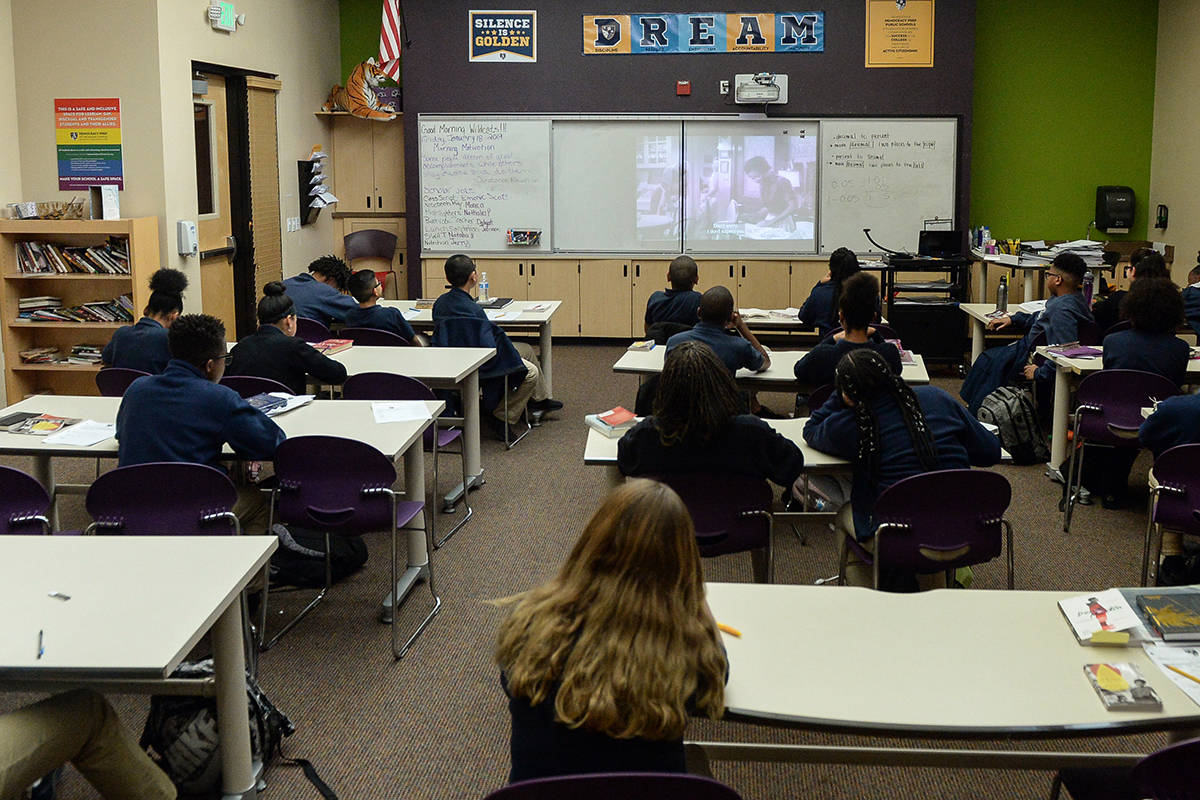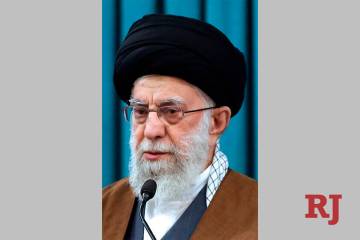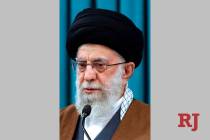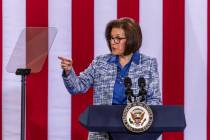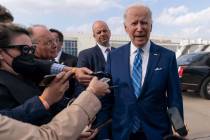NEVADA VIEWS: Now more than ever Nevada parents need ESAs
It looks like the failings of Nevada’s inflexible, top-down education system will once again be borne by the most vulnerable. The recently announced cuts to the education budget, made necessary by the coronavirus shutdown, predominantly target programs that cater to low-income and underperforming students, such as the Read by Grade 3 program.
These programs are vitally important, but the state’s rigid funding formula makes them the easiest to cut, which means they are the first to go. But why are Nevadans funding an education system so fundamentally broken that, when cuts need to be made, it is the best and most essential programs that get cut first?
The biggest problem with Nevada’s education system is that it is not, strictly speaking, about funding programs most likely to provide students with a quality education. Instead, what is called education spending is better understood as public-school system spending. The distinction is significant: Education can come from a variety of sources beyond traditional public schools. Those include private schools, distance-learning programs, tutoring, therapies for special-needs students, apprenticeships, trade schools, home-schooling and so forth. A system truly designed to promote education would avail itself of all these options.
Florida leads the nation in recognizing that funding education should encompass more than just funding a public-school system. In the Sunshine State, nearly half of all K-12 students participate in some form of school choice program, including the state’s robust charter school system.
Florida’s most innovative programs, however, are those that provide parents of low-income or special-needs students with direct funding in the form of an “education savings account,” which empowers parents to find the option that best serves the needs of their child.
Studies show that school choice not only helps those who partake in those programs directly, but it also improves student learning and teacher salaries at the public-school systems in those jurisdictions that embrace choice. This should not be surprising, given the obvious and uncontested insight that introducing choice and competition into a monopolistic industry improves both service and efficiency.
Florida, however, provides an excellent test case for those who may not be swayed by the theoretical argument for choice and competition. The state ranks fourth-best in the nation for K-12 achievement, according to Education Week’s annual report card. The supposedly all-important metric of per-pupil spending, meanwhile, was roughly $9,350, or slightly less than what Nevada spends, according to the most recent data from the U.S. Census Bureau.
Imagine how much more manageable the budget crisis would be if the Legislature funded Nevada’s Education Savings Account (ESA) program in 2017, rather than killing it at the request of the teachers’ unions.
ESAs would have provided parents with $5,700 to spend on any educational option of their choice, allowing all Nevadans, not merely the wealthy, to give their child an education tailored to their unique needs. And with Nevada currently spending more than $10,000 per-pupil to fund the public-school system, ESAs would also generate significant taxpayer savings.
Further, the budgetary flexibility of this approach would have allowed the Legislature to make any necessary cuts in a manner that minimized their damage, rather than concentrating the harm on the most vulnerable, as was done here.
When Nevadans were asked about ESAs in a 2019 poll by EdChoice, 73 percent of the more than 1,200 respondents favored such a plan. Of the parents who answered, 82 percent supported ESAs.
The teachers’ unions and other beneficiaries of the current monopoly system, however, fiercely oppose such changes, fearing they would reduce the total dollars that flow to the public school system. While this objection may be true in a narrow sense, it also rests on the assumption that students should remain trapped in schools that don’t work for them just so the public school system can collect more revenue. It’s unlikely most parents share that view.
Facilitating student learning, not protecting a monopoly system from competition, should be the purpose of state educating spending. The Legislature can do just that, while saving money, by restoring and fully funding Nevada’s Education Savings Account program.
Robert Fellner is vice president and director of policy at the Nevada Policy Research Institute. Learn more at NevadaPolicy.org



